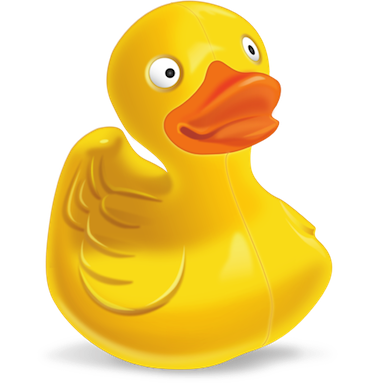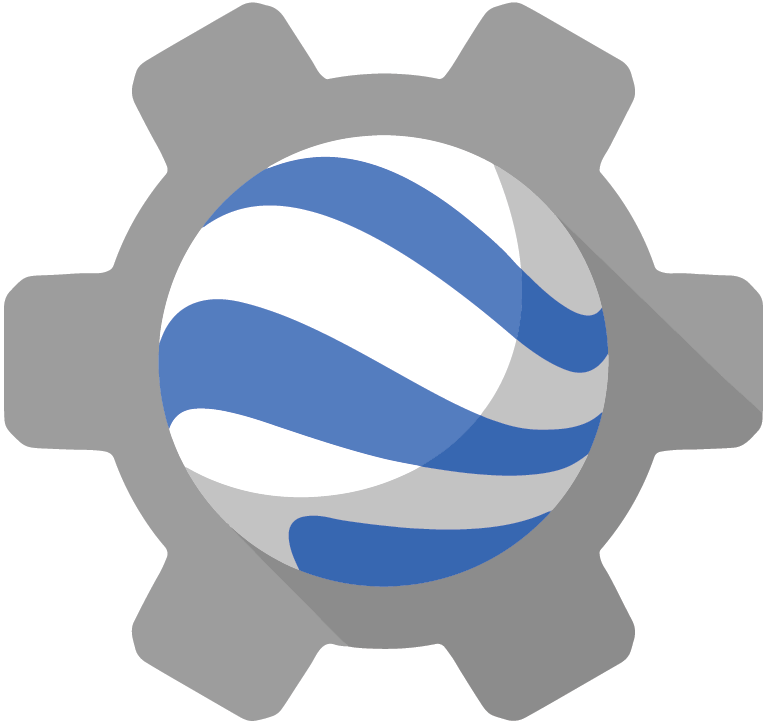CyVerse NEON Airborne Observation Platform Workshop¶
Times: 09:00 - 14:00 MST, UTC-7
Dates: Thursday 5th, Friday 6th, and Saturday 7th (optional day) November 2020
Ready to join the workshop? Follow these steps:
Step 1: Create CyVerse Account (free) CyVerse User Portal
Please use your institutional email address, and if you don’t have an ORCID ID - sign up for one of those too, they’re super important and valuable!
Step 2: Sign up for Workshop Workshop Enrollment
Step 3: Review this website – all of our training materials will be posted or linked from here
Goal¶
The goals of the workshop are to allow you as new data scientists to leave with an understanding of the NEON Data API and working with NEON AOP data and to introduce CyVerse as a platform for conducting data intensive scientific research.
You will have opportunities to work in your preferred Integrated Development Environment (IDE) in the public research cyberinfrastructure. CyVerse enables us to work with large and very large analyses. You will be able to work with NEON AOP data across many sites and many years worth of data without ever having to “download” anything over your local internet service provider.
Tutorial Maintainer(s)¶
Who to contact if this guide needs fixing.
| Maintainer | Institution | GitHub Username |
|---|---|---|
| Tyson Swetnam | CyVerse / University of Arizona | tyson-swetnam |
| Bridget Hass | NEON / Battelle Inc | bridgethass |
| Donal O’Leary | NEON / Battelle Inc | donal-at-NEON |
Content Links¶
Use the table of contents on the left side of the page to navigate
Prerequisites¶
Downloads, access, and services¶
In order to complete this tutorial you will need access to the following services/software
| Prerequisite | Preparation/Notes | Link/Download |
|---|---|---|
 |
You will need a CyVerse account to use our tools | CyVerse User Portal |
 |
CyberDuck File manager (Windows and Mac OS X only) | Download Cyberduck |
 |
GitHub allows you to create your own version controlled repositories | GitHub |
 |
Google Earth Engine (GEE) code editor account | GEE |
Platform(s)¶
We provide ready-to-use examples of (1) Docker containers with pre-configured geospatial software environments, (2) Notebook examples of NEON AOP geospatial data analyses, & (3) ReadTheDocs style documentation that will allow for self-paced asynchonous learning as well as opportunities for in-person live coding.
We will use the following CyVerse platform(s):
| Platform | Interface | Link | Platform Tour |
|---|---|---|---|
| Data Store | GUI/Command line | Data Store | Data Store Guide |
| Discovery Environment | Web/Point-and-click | Discovery Environment | Discovery Environment Guide |
| Learning Center | ReadTheDocs | This website | CyVerse Learning Center |
Application(s) used¶
Discovery Environment App(s):
| App name | Version | Description | Quick Launch | GitHub repositories |
|---|---|---|---|---|
| Workspace | latest |
 |
CyVerse Workspace GitHub | |
| RStudio | 3.6.3 |
Rocker Project RStudio with geospatial applications pre-installed | CyVerse RStudio GitHub | |
| JupyterLab | 2.2.5 |
Jupyter Lab Data Science Notebook with Geospatial applications pre-installed | CyVerse JupyterLab GitHub | |
| GIS Desktop | latest |
Ubuntu Desktop with QGIS, GRASS-GIS, SAGA-GIS, PDAL, & GDAL tools | QGIS Xpra GitHub |
Input and example data¶
In order to complete this tutorial you will need to have the following inputs prepared
| Input File(s) | Format | Preparation/Notes | Example Data |
|---|---|---|---|
| NEON API | various | Use in browser or R Studio Shiny App | NEON Shiny Browser |
| Sample Datasets | various | Example datasets cached on the CyVerse Data Store | WebDav |
Fix or improve this documentation
- Search for an answer: CyVerse Learning Center
- Ask us for help:
click
 on the lower right-hand side of the page
on the lower right-hand side of the page - Report an issue or submit a change: Github Repo Link
- Send feedback: learning@CyVerse.org
